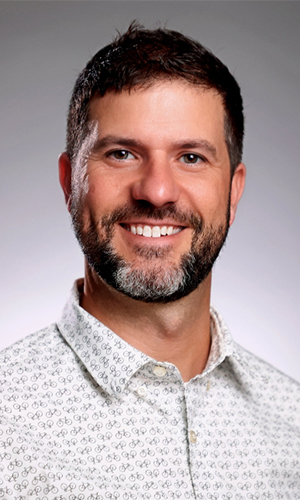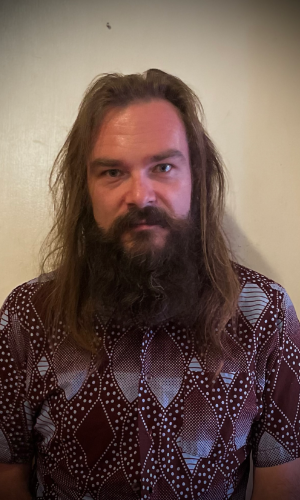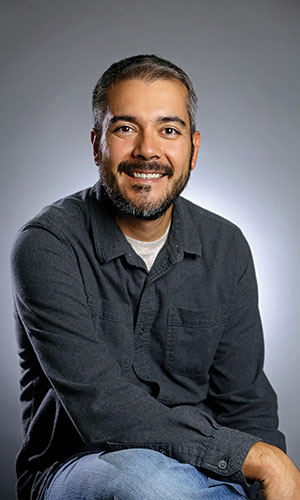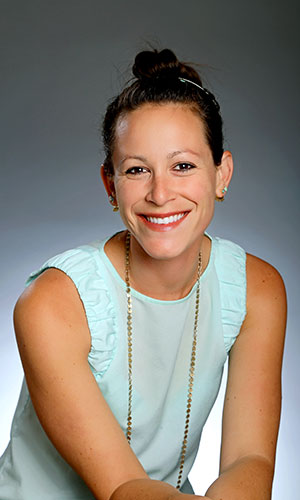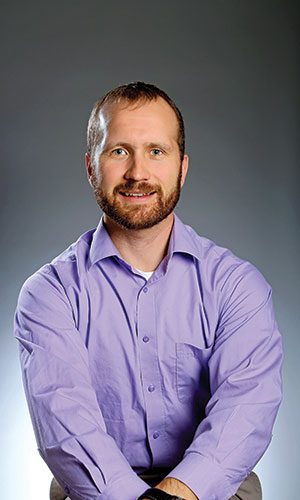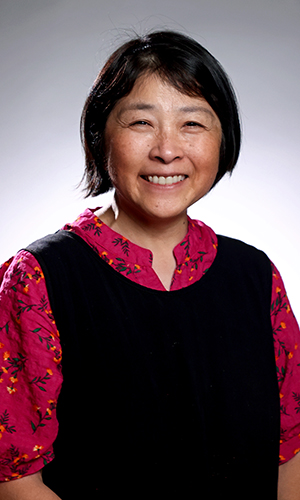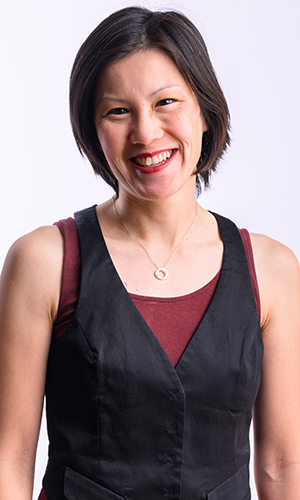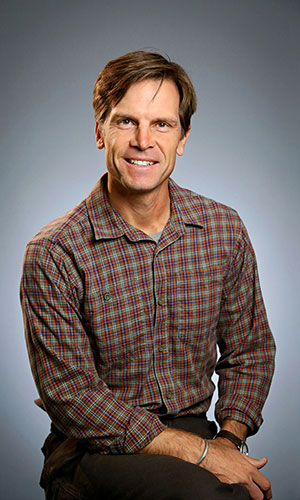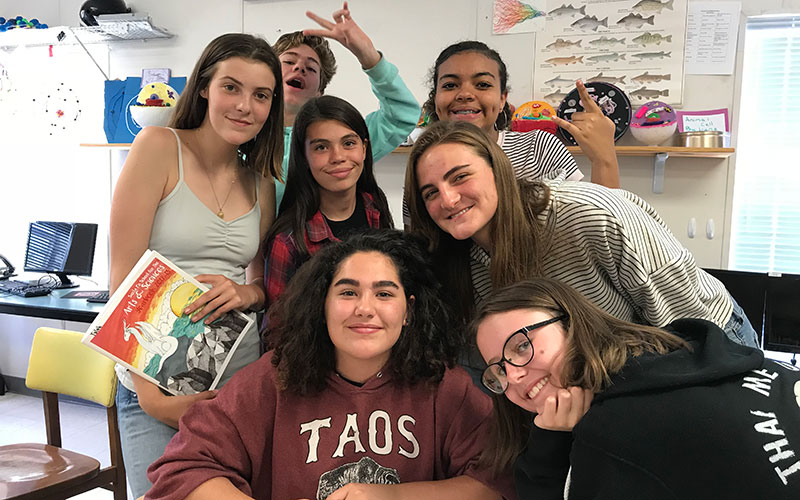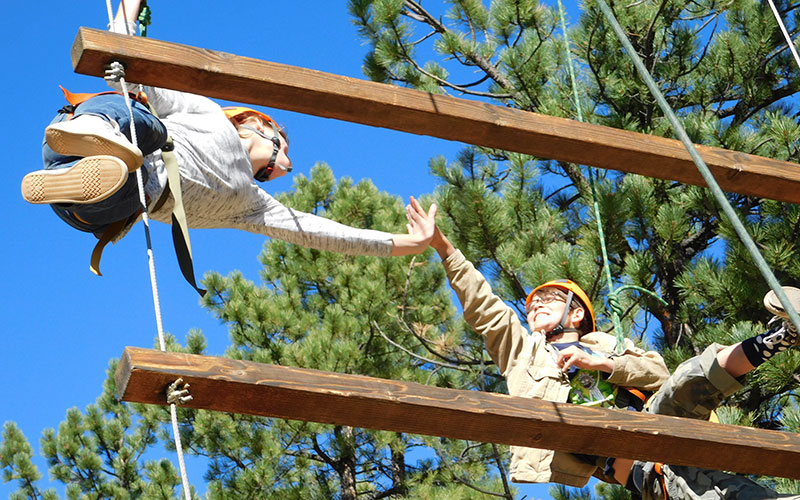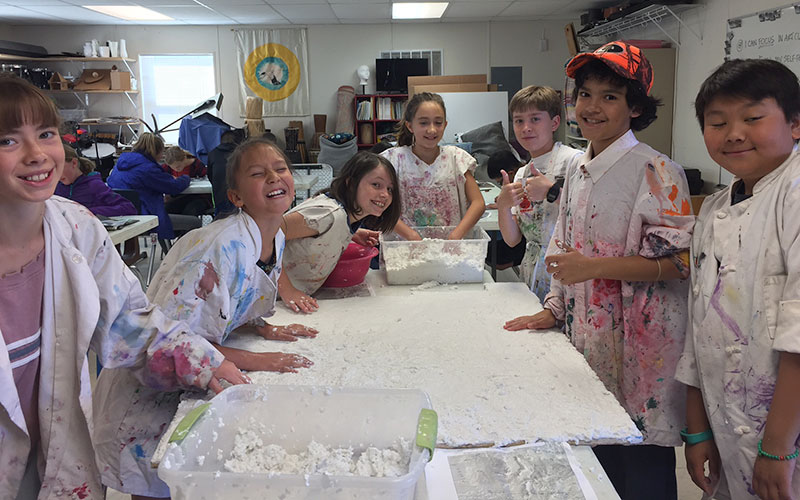
MIDDLE SCHOOL PROGRAM
We believe that 12-14 year olds are at a pivotal stage in their academic and social development; they are neither “older elementary students” nor “younger high school students”. We value their growing ability to think more abstractly and conceptually about themselves and the world. Our Middle School program centers around an adolescent’s sense of wonderment and engages them in real life understanding that builds background knowledge and develops the skills needed for high school and life-long learning.
Our Middle School is a departmentalized program in which our 24 Seventh Grade and 24 Eighth Grade students rotate between different classrooms with different teachers for their academic classes and electives. Learn more about our curriculum philosophy, expeditionary learning, and course offerings below.
CURRICULUM PHILOSOPHY
The Middle School curriculum at Santa Fe School for the Arts & Sciences is designed to support a cooperative learning environment that is sensitive to the individual strengths, interests, needs, and learning styles of students. The classroom is a community in which everyone works together to create a caring, safe environment where all of the students learn from one another, develop respect for each other, and foster an acceptance of individual differences. Our goal is to help each child develop a sense of responsibility toward each other, the environment, and for their local and global community.
At Arts & Sciences, we believe that our students bring a unique blend of interests, talents, and needs to the educational experience. The Middle School curriculum is robust and intellectually inspiring. Using a departmental structure, the curriculum includes courses in Mathematics, Humanities (History & English), Science, Languages (Spanish and ASL), Life Skills, STEM, and the Arts, as well as a Physical Education program.
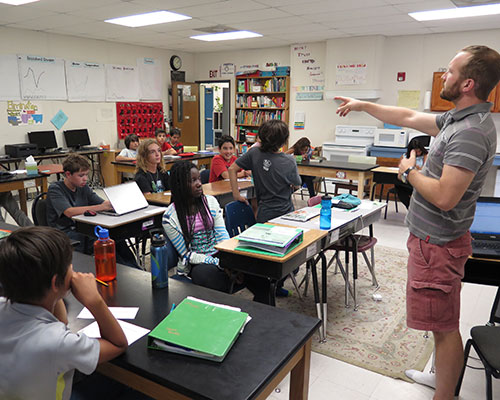
MATHEMATICS
The Middle School Math Program strives to provide all students with a dynamic mathematics education that supports and instills an excitement for math. Through a two-year Algebra program that incorporates both the Common Core State Standards for Algebra, the Common Core Mathematical Practices, and the NCTM Content and Process Standards, all students develop a solid foundation in basic skills, a sense of abstractness and pattern recognition, and problem solving skills. The program emphasizes the exploration of ideas from numerical, algebraic, graphical, and computational perspectives. In all of our math courses, algebraic concepts are viewed from varied perspectives to help students develop their abilities with abstraction and generalization; application of knowledge is fundamental to each topic.
Our goal is to have students leave the Middle School as curious and flexible thinkers who are confident in their individual mathematical abilities and prepared to meet the challenges of higher mathematics.
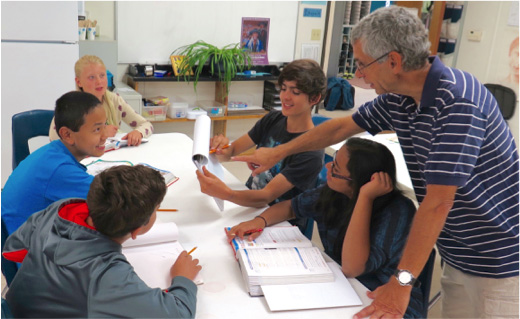
SCIENCE
The Middle School Science curriculum has three principal components: students operate as citizen scientists and participate in a long-term, statewide study of watershed health by collecting data in the Santa Fe River Watershed; our science class integrates with the Middle School expedition; and students survey science topics to prepare for high school science classes.
Students gain a broad base in many scientific fields, but emphasis during middle school is placed on crosscutting concepts rather than specific disciplinary knowledge (i.e., this is Science class, not a Physics or a Biology course). Students engage in the scientific process: they observe natural phenomena, formulate questions, develop research skills, and test their hypotheses through experiments and data collection. At the Santa Fe River, students become geochemists, hydrologists, benthic entomologists, lotic ecologists, and more, investigating water quality.
In the classroom lab, students learn about chemistry, learn to use microscopes, and investigate the nature of science. Using a multiple strategy approach, textbooks, vocabulary lists, and other standard reference are utilized to support students’ learning in lab and lectures. They achieve information and technology literacy by researching and preparing presentations about their scientific findings in our computer lab.
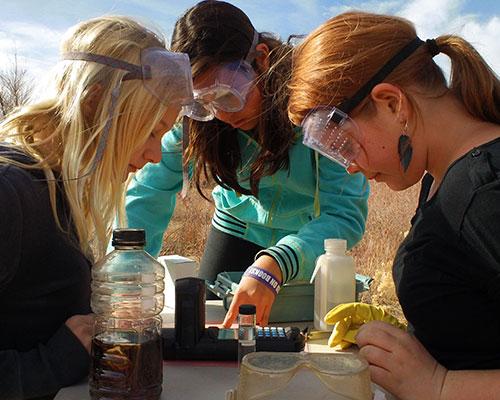
HUMANITIES
History & English
Our Middle School Humanities program is comprised of the disciplines of English and History, allowing adolescents to connect literary and historical themes to self, other ideas, and world events. They form considered opinions when writing and analyzing persuasive and informative documents and texts. Careful reading is the standard, not the exception, and student discussion is lively, well informed, and enthusiastic. Through learning expeditions and project based learning, in which integrated units of study are deeply explored, students tackle topics that have real-world relevance while doing the work of researchers, historians, readers and writers.
In History, students acquire and organize information about places, people, and culture in New Mexico, the United States and in the world. A primary goal is to educate the student’s whole being for a life of active, responsible citizenship.
Our English program engages students in the careful reading, writing, analysis, and dialogue of a wide variety of textual and informational content.
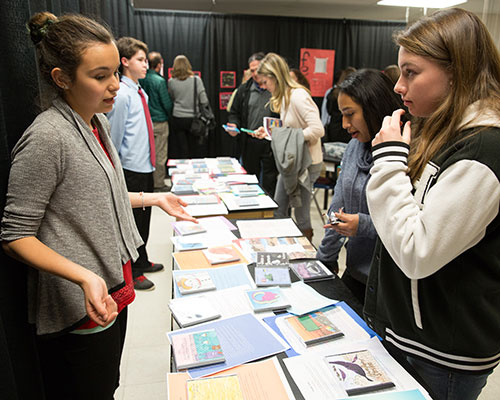
WORLD LANGUAGES
Spanish and Japanese
7th & 8th Grade Spanish
The American Council on the Teaching of Foreign Languages (ACTFL) identifies five aspects of language learning: Communication, Cultures, Connections, Comparisons, and Communities. In Spanish class, these standards inform the curriculum as students develop these skills while learning grammar and conversational Spanish. The daily middle school Spanish curriculum focuses on providing a context for language learning through music, games, role-playing, presentations, listening, reading, and writing activities.
7th & 8th Grade Japanese
The Japanese language course for 7th & 8th grade students will include learning how to communicate in Japanese in both writing and speaking, in addition to learning grammar. The Japanese language is a tool for communication and gaining an understanding of the people and their culture. By learning Japanese, students will learn how to communicate with Japanese people and those that speak the language. We learn through hands-on activities as we celebrate and learn about seasonal cultural events, food, and the arts.
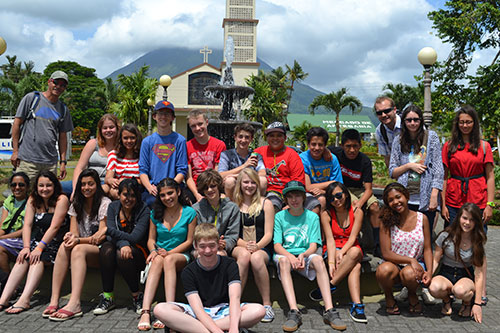
LIFE SKILLS
Our Middle School Life Skills program provides students with the information and skills necessary to take on the physical, emotional, and social changes that occur during the middle school years. Students develop strong advocacy skills and learn how to identify adult resources so they can take responsibility for their own learning inside and outside the classroom. This age and developmentally appropriate curriculum seeks to develop in students an understanding of how their choices impact themselves and others. Students learn about adolescent development and the types of challenges adolescents face during this time in their lives. They explore situations and decisions they may face in high school. There is a concentration on the skills required to negotiate these challenges, to obtain, interpret, and understand basic health information, products, and services, and make healthy decisions. Our program allows students to explore their own values and see how their personal choices allow them to live those values.
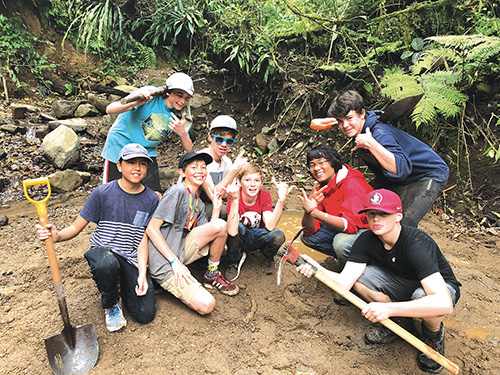
PHYSICAL EDUCATION
Middle school Physical Education promotes a culture based on the values of teamwork, effort, mutual support, and fitness. Individual and team sports are explicitly connected to fitness, wellness, and character development. Our program supports the physical, intellectual, and social-emotional development of students. In addition to learning games and sport techniques, an emphasis is placed on playing cooperatively and incorporating the school’s character traits when playing more competitive games. A broad range of activities are part of the PE curriculum to broaden every student’s appreciation of physical wellness and to give them a range of kinesthetic experiences.
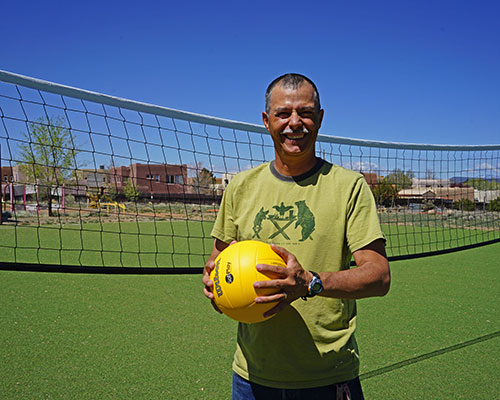
MOVING IMAGES
Film is a powerful tool to convey one’s message. Learning how to create effective storytelling through digital media, and acquiring the technical skills to do so are the foci of this course. Students take on all the roles connected with modern film making through critiquing excerpts from films, “pitching ideas”, developing storyboards, casting, and filming and editing short films. All students in Moving Images courses learn how to use the professional editing program Final Cut Pro as part of their technical development as filmmakers. Our students enter their films in various film festivals and student competitions as a means of creating pieces that will be seen by larger audiences. This course supports the 21st Century Learning Skills of using technology in meaningful ways and collaboration.
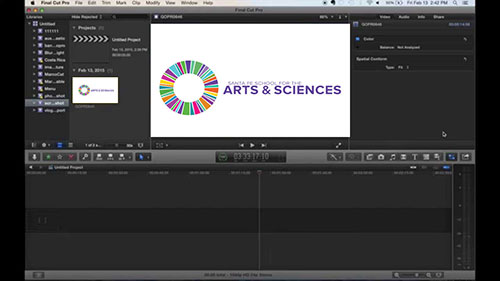
SERVICE LEARNING AND LEADERSHIP
Service Learning (7th Grade)
All 7th graders participate in our service learning program. Service-learning is a teaching and learning method that connects meaningful community service experiences with academic learning, personal growth, and civic responsibility. Service learning connects the personal and intellectual as it helps students understand their world (Elyer & Giles, 1999). Service learning at Arts & sciences allows adolescents to participate more fully in their community and demonstrate the school’s character traits within the broader world. Students actively engage in community projects that give them opportunities to both serve and lead. Service groups have included: River Warriors who clean up the Santa Fe River; Working with the elders at the Kingston Residence; buddying with our early childhood students, and understanding the politics of food by working with farmers and the Food Depot.
Leadership/Mentorship (8th Grade)
During our 8th grade Leadership class we prepare for life beyond Middle School. Students begin the process of preparing for high school by learning to advocate for themselves as learners, figure out what it means to be a citizen scholar, and start the process of choosing a high school and going through an application process. In the Spring, 8th grade students prepare for and take part in our mentorship program with community leaders and professionals. Working directly with these community members gives students a chance to experience what a professional in the field actually does at their job, the types of training required, as well as the necessary mindsets in that particular occupation.
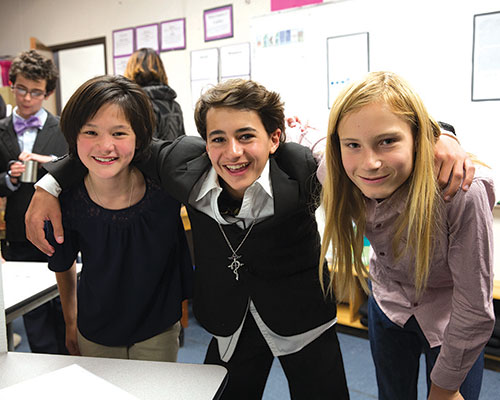
PERFORMING AND VISUAL ARTS
At Arts & Sciences, we seek to help students explore the arts through wide exposure, critical examination, and hands-on applications. Our courses are carefully designed to help students discover their talents and find their voice. Middle school students select either visual arts or performing arts as an all year study.
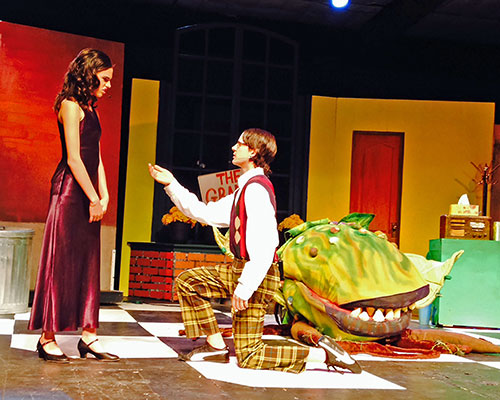
ARTS & SCIENCES ELECTIVES
Middle School students choose from a wide array of electives that span the liberal arts. Examples of past and current Arts Elective classes include Forensic Rhetoric, Philosophy, Creative Arts Studio, Dance, Music, and Creative Writing. STEM Elective classes include Coding, Robotics, Business, and Auto Mechanics.
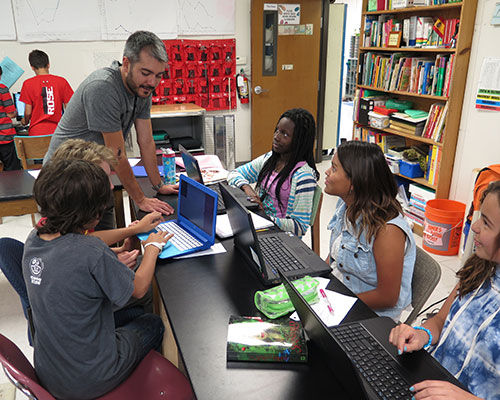
MUSIC
Students listen to and create music to explore their musicality, music theory, and concepts of musical composition. The class allows for multiple approaches to music-making and appreciation. Students can use computer programs to create their compositions, play music in small groups, and/or practice individually. Students use music from a variety of genres as examples of how musicians develop ideas throughout a piece and use common structures to build musical compositions.
Students often perform at our all-school Coffeehouses to perform their craft.
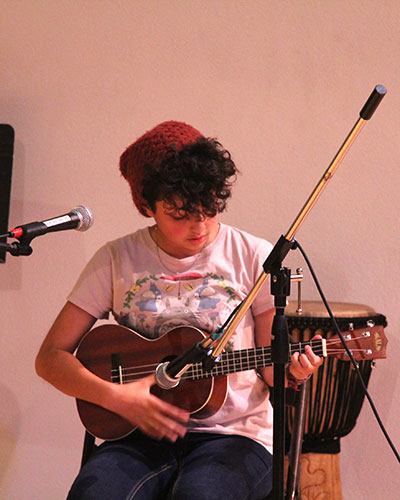
ASSESSMENT AND EVALUATION
Assessment yields information that allows teachers to create curriculum that is challenging, age appropriate and responds to the particular students in each class. It is a vehicle for students to demonstrate understanding of skills, concepts and ideas. Learning is not static and assessment at Arts & Sciences is on-going and multiple means of developmentally appropriate assessments are used, such as formal and informal observations, dialogue with students, documentation of particular skills and concepts, projects, written work, tests and quizzes. As each grade moves students towards more autonomy and independence, students are encouraged and taught to lead their own learning and demonstrate knowledge to a variety of audiences.
Student-led portfolio presentations, Wintercomes presentations, Expedition Museums, Science Symposiums, and publishing work in journals and newspaper are hallmarks of the Arts & Sciences experience. Student-centered assessment also yields data that is used to evaluate student growth, grade level skills and concepts. This data is presented to families at parent/teacher conferences, and in written reports.
Portfolios are a central academic tradition at Arts & Sciences for all students, from age three all the way through to the 8th grade. Each portfolio includes student reflections on their learning, documentation of skills and concepts through products and projects, and culminates in a student-led portfolio presentation at the end of the academic year.
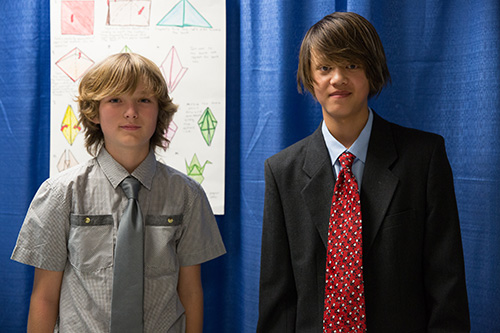
MIDDLE SCHOOL FACULTY
Adelyn Smith
Adelyn teaches middle school science and is entering her 5th year at our school. She was born and raised in Santa Fe and is really happy to be back home close to mountains and family. She has a Bachelors of Science from Boston College in biochemistry and environmental studies and a teaching license from Santa Fe Community College. She taught math and science to at-risk youth in Santa Fe working towards their GED before teaching and coaching in India for two years at a non-profit girls’ school in rural Jharkhand. Adelyn is really involved in the soccer community in town, coaching for Santa Fe Prep and playing on various teams throughout the year. She also likes to hike, practice Muay Thai, garden, do woodworking projects, travel, snowboard, and ride her bike. adelyn@santafeschool.org
Bret Luboyeski
Bret joins Arts & Sciences as our Learning Specialist and Facilities Coordinator. Bret worked for nine school years as a teacher and administrator at May Center for Learning, a Santa Fe-based non-profit organization dedicated to serving students who learn differently. He is trained in Orton-Gillingham-based structured literacy programs and has extensive experience supporting students with academic and executive functioning skills. Before his career in education, Bret worked in online sales and operations at Google. He earned a Master of Arts in Eastern Classics at St. John’s College and a Bachelor of Science in Communication at Northwestern University. When not working, you can probably find him playing soccer, watching birds, or eating Chicago-style deep dish pizza. bret@santafeschool.org
Daniel Lockley
Daniel has been studying and performing music since he was 10 years old. Growing up in Santa Fe, and attending the Waldorf School ensured that he was exposed to a lot of musical styles from an early age. His true passion was discovered when he began learning Zimbabwean Marimba in 1997. Since then, he used marimba as a vehicle to perform and teach all over the country and beyond! In 2010, he taught marimba in the Portland Public Schools through an organization called Ethos Music Center. He later taught in Boulder, CO with the Kutandara Center, a non-profit dedicated to teaching Zimbabwean music. Thanks to Kutandara, Daniel was able to work with students of all ages and from all walks of life as well as a number of excellent schools, including CU Boulder, and Regis University. Daniel moved back to Santa Fe in late 2019 and has been teaching at the Santa Fe Waldorf High School, Desert Montessori, and even at our very own after school program! Daniel is very excited for this new chapter and his role at Arts & Sciences as our music teacher. daniel@santafeschool.org
Joseph Smith
Joseph is in his 9th year at Arts & Sciences. He teaches Middle School Creative Writing. Born and raised in Santa Fe, he earned his BA in English from UNM in 2004. He previously taught as a Special Education Teacher, with a focus on Gifted Education, and was the Education Coordinator at Santa Fe YouthWorks. Joseph tutored students in the Santa Fe area for many years, and also coached and continues to promote youth baseball. He is the proud father of alumnus, Cruz, and 8th grader, Lea. joseph@santafeschool.org
Lani Ersfeld
In her 11th year at Arts & Sciences, Lani is our Kindergarten-8th Grade Spanish Teacher as well as the Aftercare Coordinator and 5th-8th grade Aftercare Teacher. Lani is from Placitas, NM and attended the Albuquerque Academy for middle and high school. She then attended Lewis & Clark College in Oregon, majoring in Hispanic Studies and English. During her studies, Lani lived in the Dominican Republic and in Chile, where she solidified her love of the Spanish language and various cultures, and her desire to teach it to others. She earned her Master of Arts in Teaching at Lewis & Clark Graduate School with an emphasis in ESOL. She holds licenses in both New Mexico and Oregon for Elementary Education and Early Childhood Education. Lani is instrumental in organizing and planning our 8th grade International Trip to Costa Rica in the Spring. In her off time, Lani enjoys time with her menagerie of animals on her farm in Española. lani@santafeschool.org
Nate Moore
This is Nate’s 16th year at Arts & Sciences. Nate is a core teacher in the Middle School and teaches algebra and STEM electives. He is also the Middle School Director, spearheading the organization of activities such as 100 Elk, supporting crew (our advisory program), and coordinating the middle school curriculum and program. Nate is a proud father of two. A fluent Spanish speaker, Nate has also been a lead teacher during the 8th grade service trip to Costa Rica. Nate received a BA from Oberlin College in Environmental Studies, Hispanic Studies, and Latin American Studies and Masters in Science Teaching at New Mexico Tech. He earned a New Mexico Teaching License with a Secondary Science certification. In 2009 he was a fellow in the New Science Teacher Academy; in 2019 he was a Fund for Teachers Fellow; and in 2020 he was a Ramsden Project Fellow. Nate has presented at the EL Education National Conference and the MidSchoolMath Conference. He taught Spanish in Oberlin’s SITES program, worked at the Big Sky Summer Camp, and volunteered at Escola Bosque in Brazil. nate@santafeschool.org
Satori Murata
Satori is the middle school Japanese teacher. Born and raised in Nagano Japan, the mountain area in main island she grew up watching her mother who was a chado (way of tea) teacher. She loves poetry and storytelling and studied literature in English (M.A. in English in Tokyo). She came to the USA at the age of 26, lived in Navajo nation and attended Dine college in 1992-1995. While in Navajo nation, she enjoyed listening to their stories. She has been studying way of tea passionately since 1998. She was a president of Santa Fe JIN (Japanese Intercultural Network) 2013-2014. Currently, she enjoys teaching Japanese language and Japanese culture, catering Japanese food and sweets privately organizing the Japanese cultural gatherings & practicing “Way of Tea”. satori@santafeschool.org
Terry Ngo
Terry is our 3rd-8th Theatre Teacher and Middle School Moving Images Teacher. She is also a local filmmaker with a BA in Theatre Studies from Emerson College and an M.A.T in Early Childhood Education from Queens College. Her teaching techniques are aligned with that of Expeditionary Learning and the Reggio Emilia Approach. Terry is a proud descendant of oceanic refugees. She enjoys all that Santa Fe has to offer with her husband and two children. terry@santafeschool.org
Todd Stiewing
In his 19th year at Arts & Sciences, Todd serves as our Principal and Leadership Teacher. For eleven years, Todd taught our 3rd and 4th grade Centaur class and has served in a variety of leadership positions, including Assistant Principal, Elementary Curriculum Coordinator, Staff Liaison to the Board; lead member of the Campus as Curriculum Committee; and Summer Director of Facilities. Todd received a B.S. in Elementary Education and a Master’s in Education from the University of Connecticut. He has over 20 years of teaching experience both in the classroom and working with children, teens and adults in outdoor experiential settings. Before moving to New Mexico in 2004, Todd taught 4th grade and Pre-K through 5th elementary science in Maryland. Todd has many years experience leading wilderness and experiential education courses at schools around the country. He has shared his outdoor experience in his leadership classes and by running several hiking and backpacking camps in the summer. Todd’s daughter is a alumna and his son is in 4th grade at Arts & Sciences. todd@santafeschool.org


